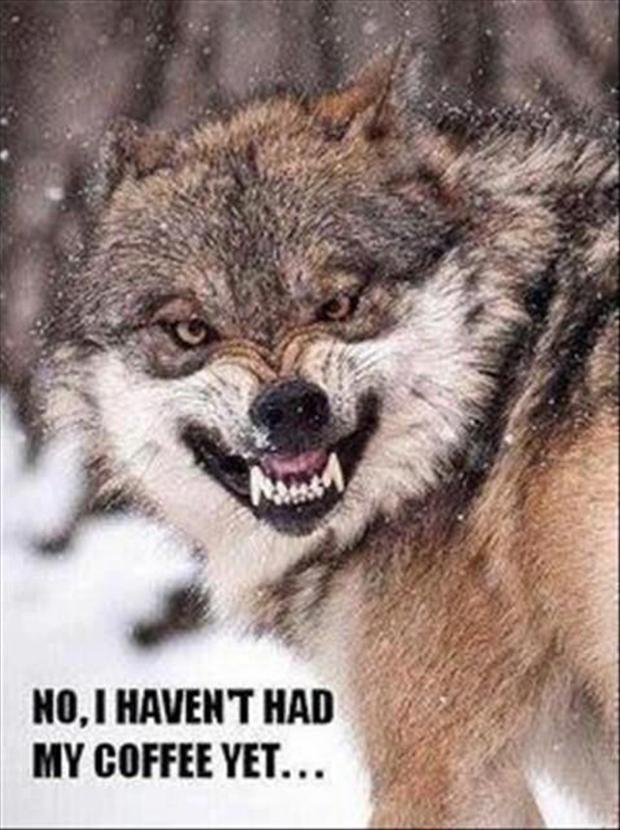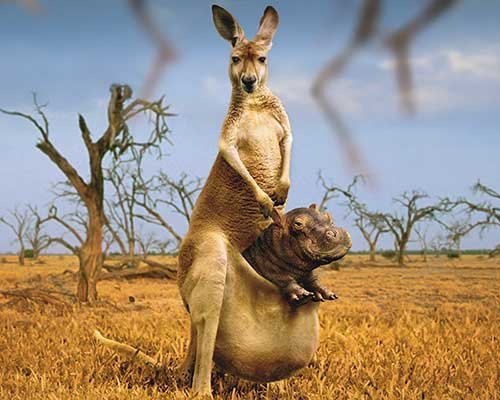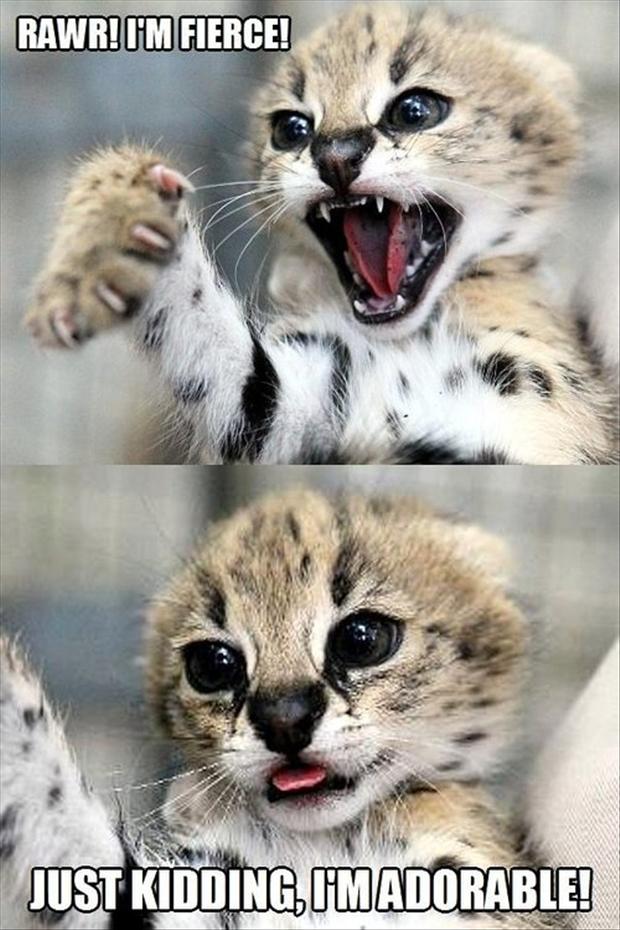Animal Pictures Funny Biography
while people scattered. Though grizzlies are seldom as ferocious as popular stories portray them to be, those coming out of a drugged sleep tend to rush at the first thing they hear or see. Borte settled for destroying two pricey automatic cameras set up to record her exit.Sophisticated gadgetry like digital cameras and GPS radio collars have revolutionized wildlife research. But it would be a mistake to underestimate the value of simple, low-tech tools.
Take barbed wire, for instance. Proctor and a young Mongolian geneticist named Odbayar Tumendemberel strung the stuff around each bait station and tacked it onto oasis trees the bears liked to rub against. The barbs snagged more than 900 hair samples for DNA analysis, which in turn yielded a trove of information. The fur turned out to be from eight individual females and 14 males. That told the scientists that the total Gobi bear population was most likely between 22 and 31.
The Gobi A mountain complex stretches 180 miles from end to end. Given the long, thirsty gaps separating the three highland areas with oases, biologists had feared the population might have divided into subgroups that no longer mixed. This would have left each enclave more susceptible to inbreeding—and to outright collapse if its last mature female died or became infertile.
Together with locations from the GPS collars and photos from remote cameras, the hair samples revealed that bears still moved between the different ranges often enough for genetic exchange to continue. The scientists could also tell from the ages of captured bears that 11 cubs born since 1999 had survived to maturity. Young Altan had bumped that number to 12.
The conclusion: Neither an extremely low population density nor a limited gene pool was preventing Gobi grizzlies from reproducing. This was crucial to know, since the alternative would be to take bears in from the wild for captive breeding. Bears might multiply in an artificial setting, but how would those born and reared there know where to find widely scattered sources of water and food when released back into the uncompromising Gobi?
Seeing distant lights from camp one night, the rangers busted a group of men who had slipped into the reserve at dark to prospect for gold. GGSPA personnel call such intruders ninja miners.
“Six years ago we had almost no ninjas,” said ranger Purevdorj Narangerel, who often patrols 600 rugged miles a week alone on his motorcycle. “Last year I arrested a hundred.” Besides occasional poaching, trespassers camp at oases, which discourages animals from coming in for water.
gobi desert, gobi bear, bears, endangered species, endangered animals, rare animals, conservation, threatened species, china, mongolia, maps
The Mongolian government has placed feeding stations at many desert oases in part to compensate for the loss of natural forage due to livestock overgrazing years ago. Photo Credit: National Geographic
But the threats posed by ninja miners pale in comparison with the potential harm posed by industrial-scale mining. In addition to spawning major new transportation routes through the Gobi, mine operations will require tremendous amounts of water. No one can predict how that might affect this dry land’s aquifers, which store mainly fossil water—the precipitation from bygone centuries.
Present-day Mongolia is a proud, young democracy with 12 percent of its land in nature reserves, unprecedented new business opportunities, and billions of dollars committed to digging up treasure from the desert. Where Gobi bears will ultimately stand in this balance is impossible to say.
Though perilously low, mazaalai numbers seem to have stayed fairly stable since the end of the 1970s. There’s a faint trace of reassurance in that, but what would it take to turn the trend upward? Better funding for the Great Gobi Special Protected Area won’t answer overarching concerns about the potential impact of climate change on this part of the globe. However, a modest sum could go a long way toward improving the amount and quality of supplemental bear food at this critical period as well as purchase fuel for more frequent ranger patrols.
These are soul-searching times for conservationists. So many creatures are slipping away in so many places that people who care deeply about all wildlife find themselves arguing over which ones to try to save and which to let go. Do you spread your efforts among imperiled creatures that have a fair opportunity to recover, or funnel whatever money and manpower you have toward a few species teetering on the brink of extinction, knowing they might not make it anyway? How much should you devote to a subspecies? An unusual population?
I’m not sure. What I do know is that the Gobi is one of the last grand untamed expanses in Earth’s temperate zone, and the bears’ range within it holds a world-class array of other fauna. I also know this: You can’t turn your back on a great creature in great need after getting to know it.
Which is why I rejoined the Gobi bear field team in 2012 and again the following spring. Although we caught only a single new one in 2013, it was a young male weighing more than 350 pounds, by far the heaviest of the 15 individuals radio-collared to date. The fact that a bear could grow this big and fat here at a relatively early age seemed a promising sign. Ten days later a remote camera captured an image of a female with two brand-new cubs, the first ever photographed—tiny, furry, indisputable proof of ongoing reproduction in the wild. And then a camera at another oasis recorded a different female, also with two cubs scampering behind.
We also heard rumors of Gobi bears along a ridge north of the mountain complex. One walked by a village near an oasis 60 miles east of the GGSPA. A hunter told of watching another mazaalai in a mountain range still farther away.
For bears tough enough to survive in the Gobi, maybe nothing’s implausible, and that includes one day thriving again not only in their present home but in their former territory as well.
“Look, Gobi bears might not make it,” Reynolds once told me. “But you can’t think like that. To see a problem and not want to work to fix it, not try while these bears still have a chance, well… ”










No comments:
Post a Comment